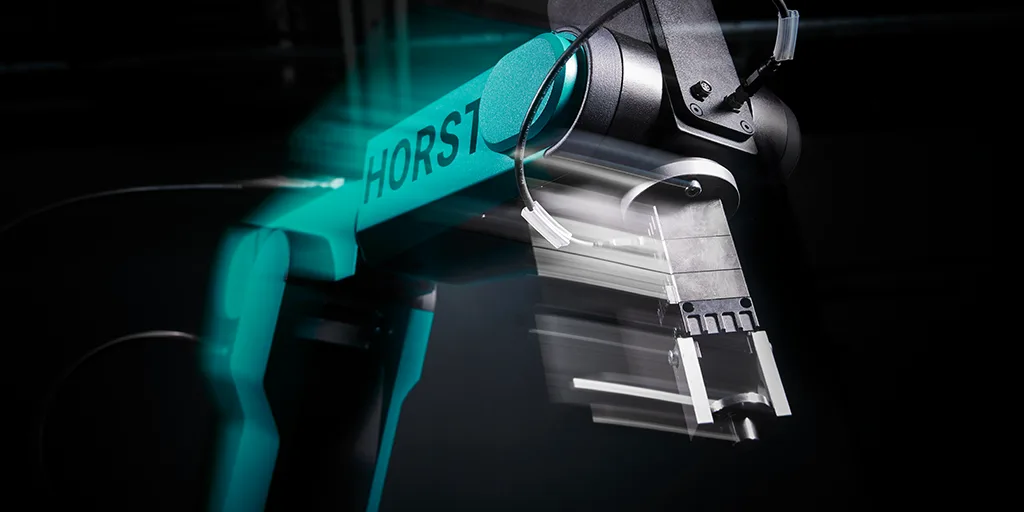2 min read
What sets Digital Robots apart from other industrial robots?
 Janik Ebner
:
Aug 18, 2022 9:31:00 AM
Janik Ebner
:
Aug 18, 2022 9:31:00 AM

Of course, you know what an industrial robot is. It's likely that when you hear the term "industrial robot," an image immediately comes to mind: heavy, towering machines moving large objects from point A to point B. Not quite as established a term yet is the Digital Robot. Here, you'll learn more about how these highly technological intelligent robots operate.
What is meant by a Digital Robot?
Since the 1970s, industrial robots have been supplementing production. For large corporations, especially in the automotive industry, they have become indispensable support. They work efficiently and at speeds that would not be possible for human experts – just think of the huge car parts they move. The catch for the backbone of the German economy, the medium-sized businesses: These industrial robots are not or only partially suitable for their purposes. Their operation and programming are too complicated, the robots are too inflexible and large for their own production, or too expensive – or even all of these together.
The solution: Digital Robots. This type of industrial robot is intuitively operable, cost-effective, and at the same time powerful. An advantage for smaller companies, especially if they have not been dealing with automation for long: Unlike often the case with large industrial robots, Digital Robot providers supply easily understandable operating software and provide regular updates for it. This saves high costs for training or programming by external experts. The principle applies: simply connect and get started with robot-based automation.
A crucial component of Digital Robots is the digital twin of the robot. Simplified, a digital twin virtually replicates a real object on a screen. Through this, users can analyze and evaluate important data about the real object, in this case, a robot (e.g., regarding its lifespan). Furthermore, via the digital twin, it is possible to connect the robot with its immediate environment and systems far beyond it (e.g., ERP systems) through an Industrial Internet of Things platform (IIoT).
In summary, Digital Robots are:
- Easy and intuitive to program and operate without prior knowledge.
- Smaller and thus more flexible to use compared to conventional industrial robots.
- Seamlessly integratable into their environment thanks to standardized interfaces for software and hardware.
- Significantly more affordable in terms of acquisition, setup, and ongoing operation compared to their larger counterparts.
Why the entry into robot-based automation is becoming more urgent
A glance at the statistics and forecasts confirms: Medium-sized businesses, especially in manufacturing, logistics, or packaging, will not be able to avoid automation.
The shortage of skilled workers is likely to increase rather than decrease, primarily due to demographic changes. By 2030, the number of people of working age in Germany is expected to decrease by 3.9 million. Already today, more than half of all German companies see the shortage of skilled workers as the biggest economic risk.
On the other hand, no other European country is as highly automated as Germany. In 2021, the ratio of robots per 10,000 employees reached a new record of 371, and more than 230,000 industrial robots were in use overall.
Small and medium-sized enterprises can gain a decisive advantage over their competitors with an early entry. Courage and a willingness to progress pay off!
Get started working with Digital Robots now
Now you might be wondering why your company should consider automation. Well, because your competition most likely already is (or already has)! More than 40 percent of around 1000 surveyed specialists and executives from small and medium-sized enterprises plan to purchase a robot in 2022 or in the future. In every seventh SME, a robot is already in use. However, the survey in the medium-sized sector also shows that most expect benefits (both personal and company-wide) from entering into robot-based automation. Confidence clearly outweighs skepticism.